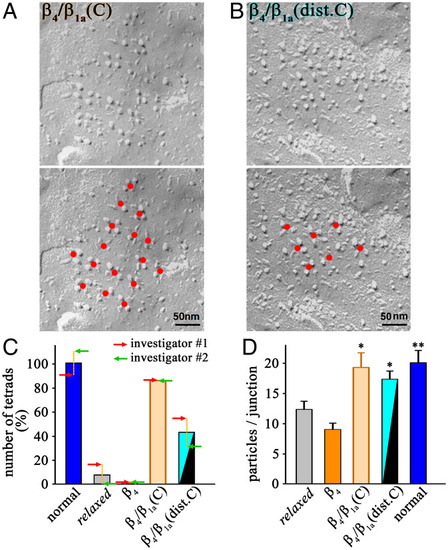Fig. 5.
- ID
- ZDB-FIG-220717-8
- Publication
- Dayal et al., 2022 - The distal C terminus of the dihydropyridine receptor β1a subunit is essential for tetrad formation in skeletal muscle
- Other Figures
- All Figure Page
- Back to All Figure Page
|
The distal C terminus of β1a is crucial for DHPR tetrad formation. ( |

